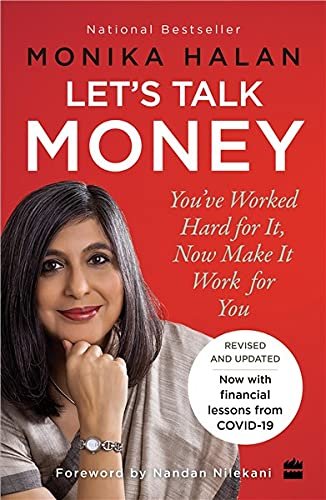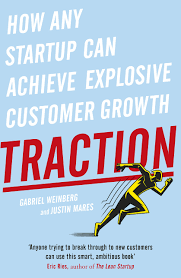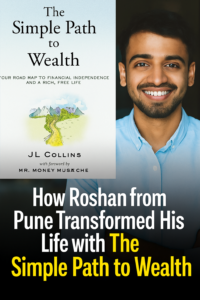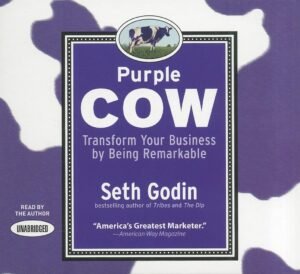Why “Let’s Talk Money” Matters
Money conversations in Indian households are often avoided—seen as taboo or overly complicated. Yet, money influences almost every decision we make—where we live, what we eat, the education we provide our children, and the peace of mind we carry into our future.
Monica Halan, a seasoned personal finance journalist and author, wrote Let’s Talk Money to help ordinary people simplify money management. Her philosophy is simple: “If you can earn, you can manage.” You don’t need a finance degree—you just need practical tools and discipline.
This book is for:
Young professionals confused about savings vs. investments.
Families juggling EMIs, lifestyle expenses, and children’s education.
Anyone who wants to stop worrying about money and start enjoying life.
Key Principles from “Let’s Talk Money”
1. The 3-Account System: A Simple Financial Framework
Monica emphasizes creating three separate bank accounts to gain control over cash flow:
Income Account: Where salary or earnings are credited.
Investment Account: Dedicated to wealth-building instruments (mutual funds, bonds, real estate, stocks).
Spending Account: For day-to-day living expenses.
Why this works: It forces you to see exactly where your money goes. By separating spending from investing, you ensure savings aren’t “accidentally” spent.
Example:
Ritu, a marketing executive in Delhi, often complained: “I don’t know where my money goes.” After following the 3-account method, she realized 40% of her salary was disappearing into lifestyle spending. Redirecting just 20% into her investment account, she built a 7-figure mutual fund portfolio in 5 years.
👉 Takeaway: Automate transfers to your Investment Account immediately after salary credit. Treat it like a non-negotiable bill.
2. Insurance: Protection, Not Investment
One of the biggest money traps is mixing insurance with investment.
Insurance is protection. Buy term life insurance to safeguard your family.
Don’t buy money-back or endowment policies—high premiums, low returns.
For health, choose a medical cover with:
High claim settlement ratio
Reasonable waiting period
Transparent terms on co-payment, exclusions, and sub-limits
Example:
Suresh, an IT professional in Mumbai, bought a ₹2 crore term plan at age 30. Cost? Just ₹12,000 per year. His colleague instead bought a “money-back” plan with ₹1 crore coverage costing ₹1.2 lakh per year. Ten years later, Suresh had invested the savings into mutual funds, while his colleague realized he was locked into a poor-return policy.
👉 Takeaway: Never treat insurance as an investment. Insurance = Security, Investments = Growth.
3. Emergency Fund: Your Safety Net
Life is uncertain—layoffs, medical crises, and economic downturns can wipe out savings. Monica suggests maintaining 6 months to 2 years of expenses as an emergency fund depending on:
Whether you’re single or married
Single-earner or double-income family
Age and dependents
Where to keep it: Fixed deposits, debt funds, or other liquid instruments. Avoid locking it in equity or real estate.
👉 Takeaway: Build this fund before investing aggressively—it keeps you financially and emotionally stable.
4. The Thumb Rules of Financial Planning
Monica simplifies budgeting with clear rules:
Living expenses ≤ 50% of take-home pay
EMIs ≤ 25–30% of income
Investments ≥ 15–20% of income
These benchmarks prevent lifestyle inflation from stealing your future wealth.
5. Investments: Growing Wealth Smartly
a. Debt Funds & FDs
Safer, lower return (6–8%).
Good for short-term goals and emergency funds.
Example: PPF, government bonds, corporate FDs.
b. Gold
Jewellery is NOT an investment—making charges & purity reduce value.
Prefer Gold ETFs or Sovereign Gold Bonds.
Use as portfolio diversification, not primary investment.
c. Real Estate
Requires large upfront cost.
Hidden charges (maintenance, property tax).
Illiquid and unregulated.
Buy only after thorough research and for long-term use.
d. Equity / Mutual Funds
Equity = ownership of business.
Mutual Funds = professional management of diversified portfolio.
Types:
Large-cap, Mid-cap, Small-cap funds
Balanced funds (equity + debt)
ELSS (tax-saving under 80C)
Index Funds (low-cost, passive strategy tracking Nifty/Sensex)
👉 Takeaway: Diversify. Combine debt (stability) + equity (growth) + gold (hedge).
6. Wills & Estate Planning
Most Indians avoid making a will, leaving families in conflict. A will ensures:
Assets are distributed fairly.
Dependents are financially secure.
Your unique financial condition is respected.
👉 Takeaway: Write a simple will, even if you think you “don’t have much.”
Action Plan: Applying “Let’s Talk Money” in Your Life
Open 3 bank accounts → Automate transfers.
Buy term life & medical insurance → Avoid mixed policies.
Build emergency fund → Minimum 6 months’ expenses.
Follow financial thumb rules → Control lifestyle costs.
Start investing → Mutual funds + debt funds + gold.
Write your will → Secure your family’s future.
Lessons Learned from the Book
Money is not complex—it’s about discipline.
Security comes before wealth—insurance and emergency fund are non-negotiable.
Investing is about patience, not quick wins.
Wealth creation = Balance between protection, planning, and growth.
Financial independence allows you to live with dignity, not fear.
Step-by-Step Guide for Beginners
First Salary or Current Income: Open 3 accounts.
Month 1: Track expenses and identify wasteful spending.
Month 2: Buy term insurance + medical cover.
Month 3: Build an emergency fund.
Month 4 onwards: Start SIP in mutual funds (Index Fund/ELSS).
Year 1: Review investments, rebalance portfolio.
Year 2: Write a will.
Real-Life Example: How the Book Changed Lives
Case 1 – Sneha’s Debt Trap Escape
Sneha, a teacher from Bengaluru, was drowning in credit card bills and personal loan EMIs. After reading Let’s Talk Money, she capped her EMI at 25% of her salary and stopped impulse spending. Within 2 years, she cleared all debt and built an emergency fund.
Case 2 – Arjun’s Wealth Journey
Arjun, a 28-year-old software engineer, followed the 3-account system. By automating SIPs into index funds and avoiding insurance traps, he accumulated ₹25 lakhs by age 35. His friends kept buying new cars on EMIs—he bought his first house outright, debt-free.
Conclusion: Your Money, Your Freedom
Let’s Talk Money is not just about numbers—it’s about clarity, control, and confidence. Monica Halan shows that financial freedom isn’t about how much you earn, but how you manage.
👉 Inspired? Don’t wait until “someday.” Start applying these principles now.
Call to Action
“Inspired by these lessons? This is just one feature in our Book to Life series. Pick up Let’s Talk Money by Monica Halan today and take the first step toward your own financial freedom.”




